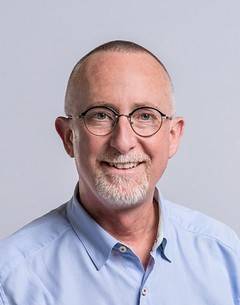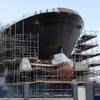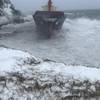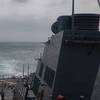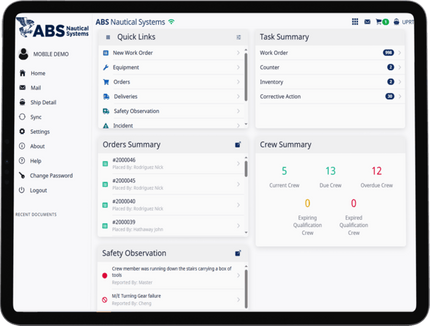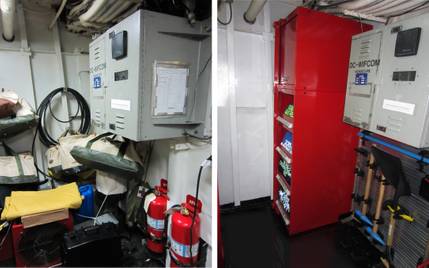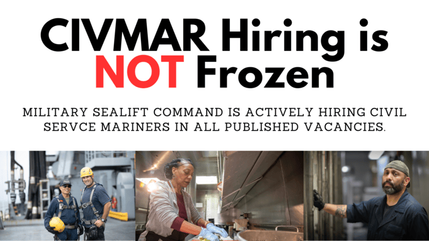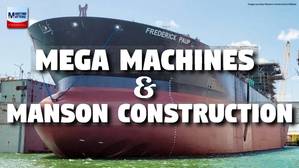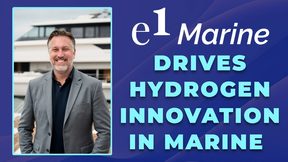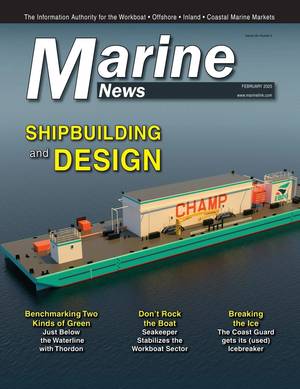Insights: Richard Schwarz, SAFE Boats International
When Richard Schwarz joined SAFE Boats International as chief financial officer in 2015, he brought to the company a healthy dose of experience in defense and aerospace manufacturing, primarily gained on the financial side of the business. About 2.5 years later, he transitioned to become chief executive officer of the Pacific Northwest boatbuilder, which constructs aluminum vessels for a diverse set of customers.
“The mix changes from month to month, year to year, but the primary areas where our customers sit are state and local law enforcement, first responders—towns, cities, counties, states, everything from sheriffs to fire departments to resource and wildlife agencies,” Schwarz said. “There’s also a U.S. federal government component to the business—a lot of programs for the U.S. Coast Guard, U.S. Navy, Customs and Border Protection, as well as a variety of different agencies and branches of the military.”
While many U.S. shipbuilders have struggled to crack out of the U.S. market, SAFE Boats—which has delivered approximately 2,600 boats over the last 27 years—has found success building vessels for end users overseas. “A substantial component to the business is and has been international, both through foreign military sales contracts to the U.S. Coast Guard and U.S. Navy, State Department, as well as direct sales to international customers. We have boats in service in about 70 different countries,” Schwarz said.
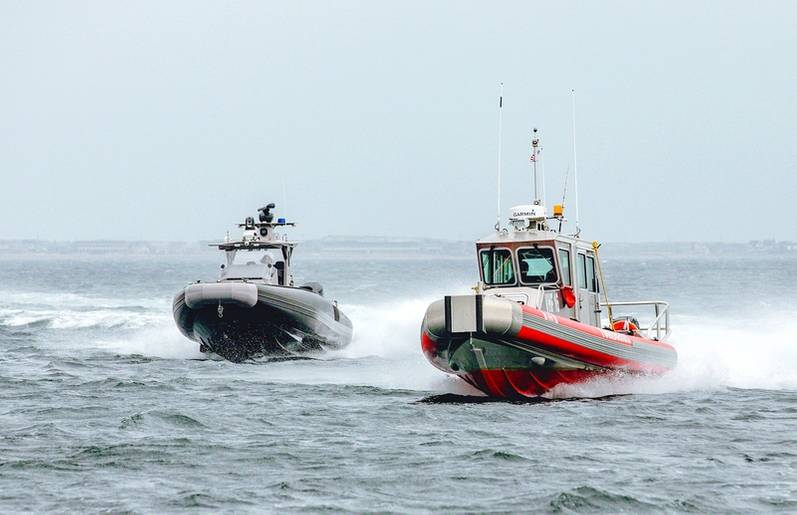 (Photo: SAFE Boats International)
(Photo: SAFE Boats International)
SAFE’s current orderbook includes an assortment of vessel types—from search and rescue boats, to patrol, law enforcement and fire boats—ranging from 19 to 85 feet in length. Its Bremerton, Wash. facility can handle vessels up to 65 feet long, and anything longer, such as the 85-foot Mark VI patrol boats currently in production for Ukraine, are built at SAFE’s Tacoma facility.
To date, two of the eight boats in SAFE’s current Mark VI program have been completed, and Schwarz said he expects production on the remaining vessels will wrap up in 2026. The contract from U.S. Naval Sea Systems Command (NAVSEA) is noteworthy for a number of reasons: one being Ukraine’s need for naval assets amid its ongoing conflict with Russia, and another is the impact for SAFE Boats. Notably, the deal enabled the builder to reopen its Tacoma facility, which had shut at the conclusion of the previous Mark VI program for the U.S. Navy in early 2018.
According to Schwarz, the reopening of SAFE’s second build site unlocks several benefits, such as added build capacity. “As the Mark VI program matures and we’re really up to full consistent production and are looking to additional capacity, the plan is to be able to leverage both locations,” he said.
Perhaps more importantly, the second site helps to expand the talent pool from which SAFE Boats can hire. Asked about the company’s top challenge, Schwarz responded, “100% workforce. That’s an easy one.”
 (Photo: SAFE Boats International)
(Photo: SAFE Boats International)
SAFE Boats and just about every other shipbuilder across the United States have struggled to recruit, hire and retain the skilled workers they need to thrive. Making matters worse, the manufacturing workforce—at SAFE Boats and elsewhere—has been graying, and aluminum welders, in particular, have been hard to come by. “[Workforce] is a constant topic. It’s front of mind for us every day,” Schwarz said.
“We’re finding a lot of excitement, enthusiasm and interest from younger workers. They just don’t have the level of skill and experience that probably SAFE Boats and most companies in our industry have been able to enjoy over the past few decades,” Schwarz said. “The real challenge now is not necessarily to find enough people that want to go into manufacturing, that want to go into maritime, but it’s really how do you take that population that has an interest and an enthusiasm for it and develop the skills and give them the training that they need to really be effective?
“Our focus is shifting from just recruiting people that have all of those skills to recruiting people who have an interest, who want to do something meaningful, who look at what we do and who we do it for and like that sense of purpose, and then being able to bring them into the company and give them the training, education and develop their skills to get them to the level that we need. We do that both internally, and then also work with outside partners, from high schools to technical schools, looking at ways to engage the community and support a lot of programs that are trying to help develop that next generation of manufacturing workers. It’s forcing us to be much more engaged than we had to be in the past.”
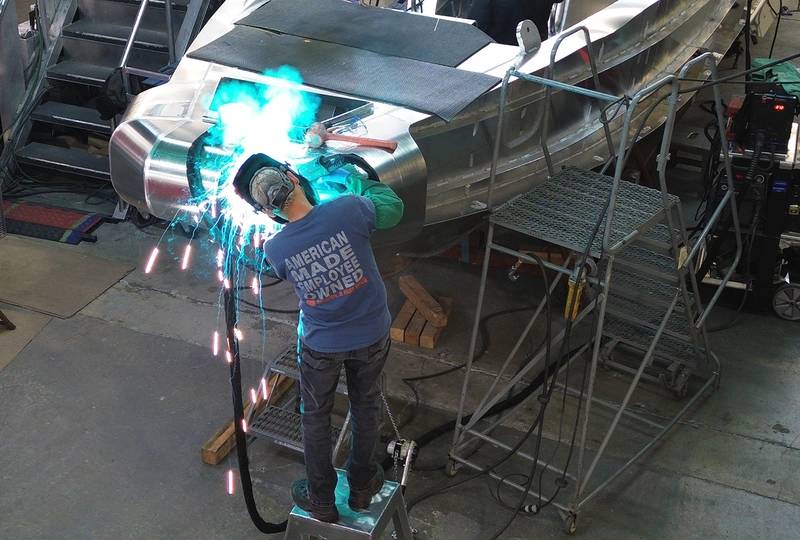 (Photo: SAFE Boats International)
(Photo: SAFE Boats International)
Employee ownership
SAFE Boats International is 100% owned by its employees. “It’s my favorite topic to talk about,” Schwarz said.
Up until about a year ago, the builder was primarily owned and controlled by a private equity group, and when that group sought an exit, SAFE began plotting its path forward, ultimately settling on an Employee Stock Ownership Plan (ESOP). “We got really lucky. We had support from our founders and folks that were willing to really stand behind and support this idea of selling the company to its employees,” Schwarz said.
SAFE Boats completed the transaction transferring full ownership to its employees in 2023, concluding a journey that started in late 2022. “Every active SAFE Boats employee owns shares in the company through an ESOP, which really acts a lot like a 401K plan, but it’s invested in the company stock,” Schwarz said. “What that means is that the people who built the company, the people who build our products, the people who are the heart and soul of SAFE Boats, now own the company. And that means that we, as a company, can engage our team in ways that are very different.
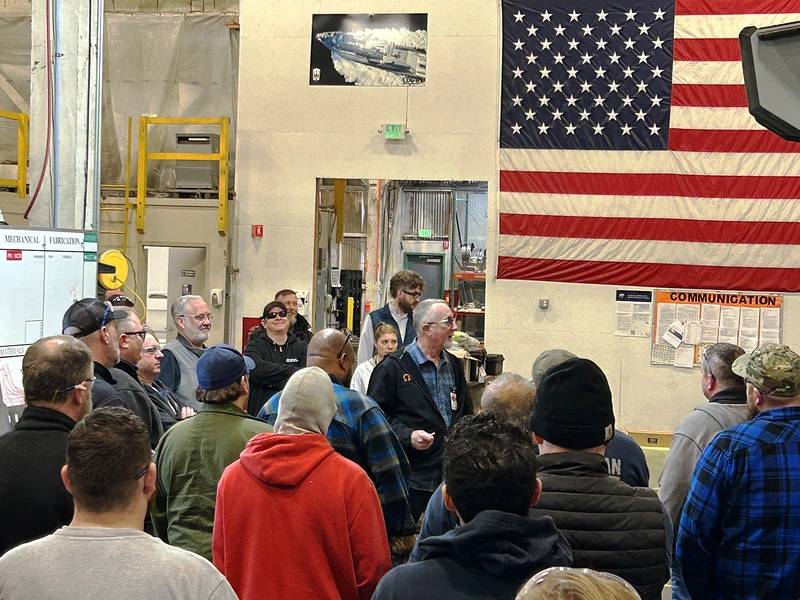 (Photo: SAFE Boats International)
(Photo: SAFE Boats International)
“SAFE Boats employees are thinking and acting like owners. If the company does well, it’s not some outside investor that’s doing well, it’s our team. We get to focus on the important things: our customers, investing in the company, investing in plants and equipment, tools, training, developing our team. There’s never a question of whether or not we can do the right thing for our customers or for our team. There’s no conflict with the interests of an outside shareholder. It’s our SAFE Boats team that we’re focused on and our customers and mission.”
According to Schwarz, the extra level of buy-in and company culture created through employee ownership is beneficial to both the company and its employees, and it even helps to make SAFE Boats more attractive in terms of recruitment and retention. “Our folks work for a company that is committed to its customers and also is committed to doing everything it can to create healthy retirements, build wealth,” Schwarz said. “The statistics comparing savings, preparation for retirement, every measure of job satisfaction and the way team members feel about the company they work for is enhanced in an employee-owned company versus their non-employee-owned counterparts.”
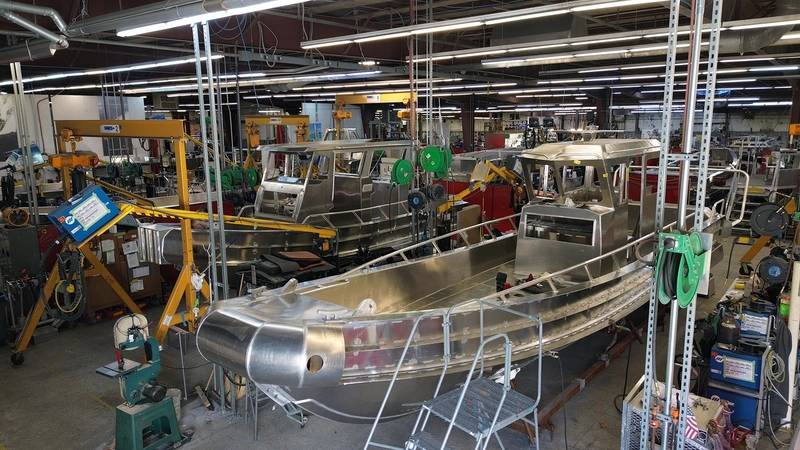 (Photo: SAFE Boats International)
(Photo: SAFE Boats International)
Technology shifts
The maritime industry as a whole is currently in a period of technological advancement, and interest in autonomous vessels continues to grow. Schwarz and SAFE Boats are not only monitoring this evolution, they’re actively participating, but in a controlled and measured way, finding the projects and applications that match well with their expertise and product line.
“We, as a company, have taken a more conservative approach to autonomy. Rather than rushing into building an autonomous boat, we’re looking to see how an autonomous vessel fits a particular customer’s requirements. What is the mission, what is the need, and then how can we design a vessel and work with an autonomous systems provider to tailor a solution to that customer?” Schwarz said. “The autonomous hydrographic survey boat that we built for Mythos was an example of that. They’re in a specific space, they had a very specific set of requirements, and ultimately, we worked with them and fielded a vessel that was tailored to their market and what they were trying to do. That’s how we’re looking at it more broadly.”
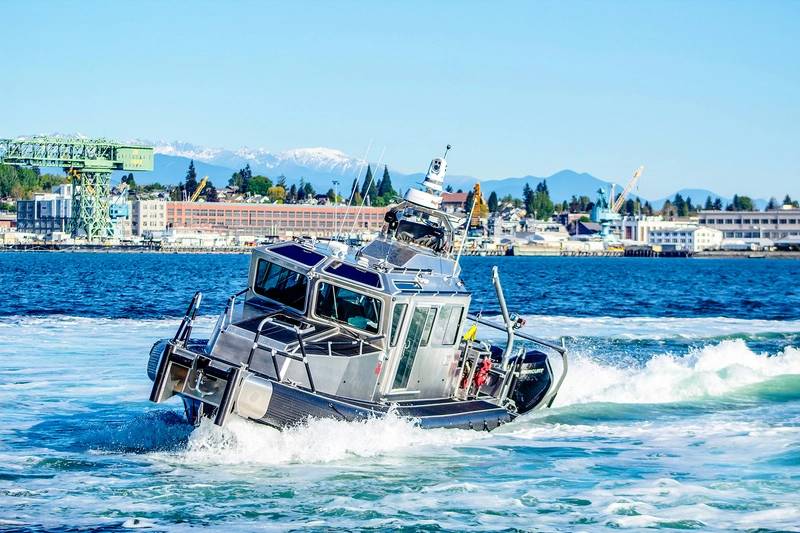 (Photo: SAFE Boats International)
(Photo: SAFE Boats International)
The U.S. Navy is pushing forward with autonomous vessel technology in a big way. “There’s a lot of interest, but there also seems to be a lack of clarity around what they really need, what they want, what the mission is. It’s a little bit ready, fire, aim,” Schwarz said. “That’s something that I think everybody’s tracking and monitoring. For us, it’s really going to come down to is there a fit? Do the autonomous vessels that they need fit with the SAFE Boats line? Are they the kind of boats that we’re good at building? And what do those requirements really look like, rather than let’s just go try to put something out there that’s autonomous so that we can say we’re autonomous.”
SAFE Boats is also seeing a lot of interest in decarbonization and alternative propulsion systems, Schwarz said, citing as examples electric, hybrid and hydrogen fuel cells. “There’s a growing demand for vessels to be powered in ways that we haven’t seen in the past, and a lot of those technologies are still emerging. But as we’ve seen in the auto industry in the last five or 10 years, we’ve gone from an industry that was in its infancy to one that is mainstream and robust. In the maritime environment, as we frequently do, we’ve lagged behind that curve. But we’re seeing a lot of development in the technology space from the propulsion companies, and we’re simultaneously start ing to get a lot of interest from customers in pushing that direction. Some customers are more progressive, some are still more conservative. And there are certainly power density challenges for some of those systems for the kinds of missions that most of our customers perform. But clearly, that’s an area where we’re going to have to spend a lot of time and energy.”
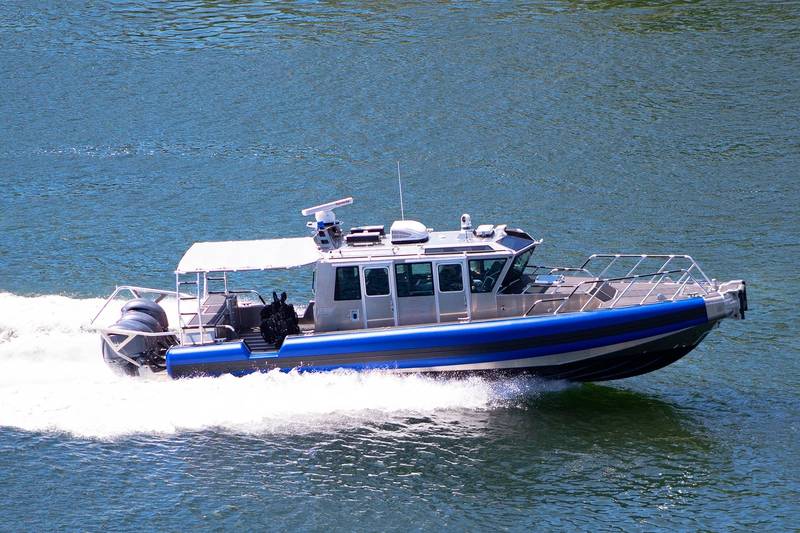 (Photo: SAFE Boats International)
(Photo: SAFE Boats International)
“An exciting period”
Schwarz is optimistic about the road forward, both for SAFE Boats and the shipbuilding industry in general. “Demand across the industry, from large ships down to smaller boats, is strong and likely to grow. The U.S. Navy has significant goals, from large ships all the way down to small autonomous swarms. There’s a huge opportunity across the industry for all of us, whether it’s defense and law enforcement or offshore wind. The challenge now is how do you invest and build infrastructure and find the people to be able to execute that and meet all the demands?”
Across the industry, Schwarz is seeing builders emerge from the pandemic and its supply chain and inflation challenges. “We’re now at a point where we’re really starting to invest in the business again,” he said. “We’re actively investing in people, training programs, education development, equipment, our facilities. We’ve put quite a bit into the Tacoma facility to get it back up and running, and are in the process of expanding our operations down there. We have a roadmap to invest in SAFE over the next couple of years.”
“[The expected demand growth] is going to push SAFE Boats, as it probably is pushing the industry, to figure out how to implement technology, how to automate, how to become more efficient, and probably evolve in ways that, honestly, shipbuilding and boatbuilding has probably lagged behind other industries like the auto industry over the years.
“It’s going to be an exciting period for the industry. And hopefully, as we mature as an employee-owned company, it’s a real opportunity for us to be progressive and look ahead and figure out who we want to be and how to invest in that.”
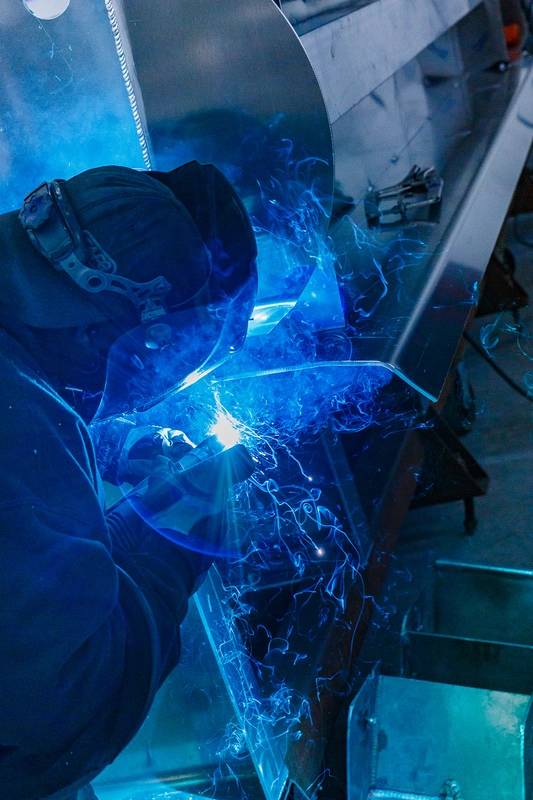 (Photo: SAFE Boats International)
(Photo: SAFE Boats International)



